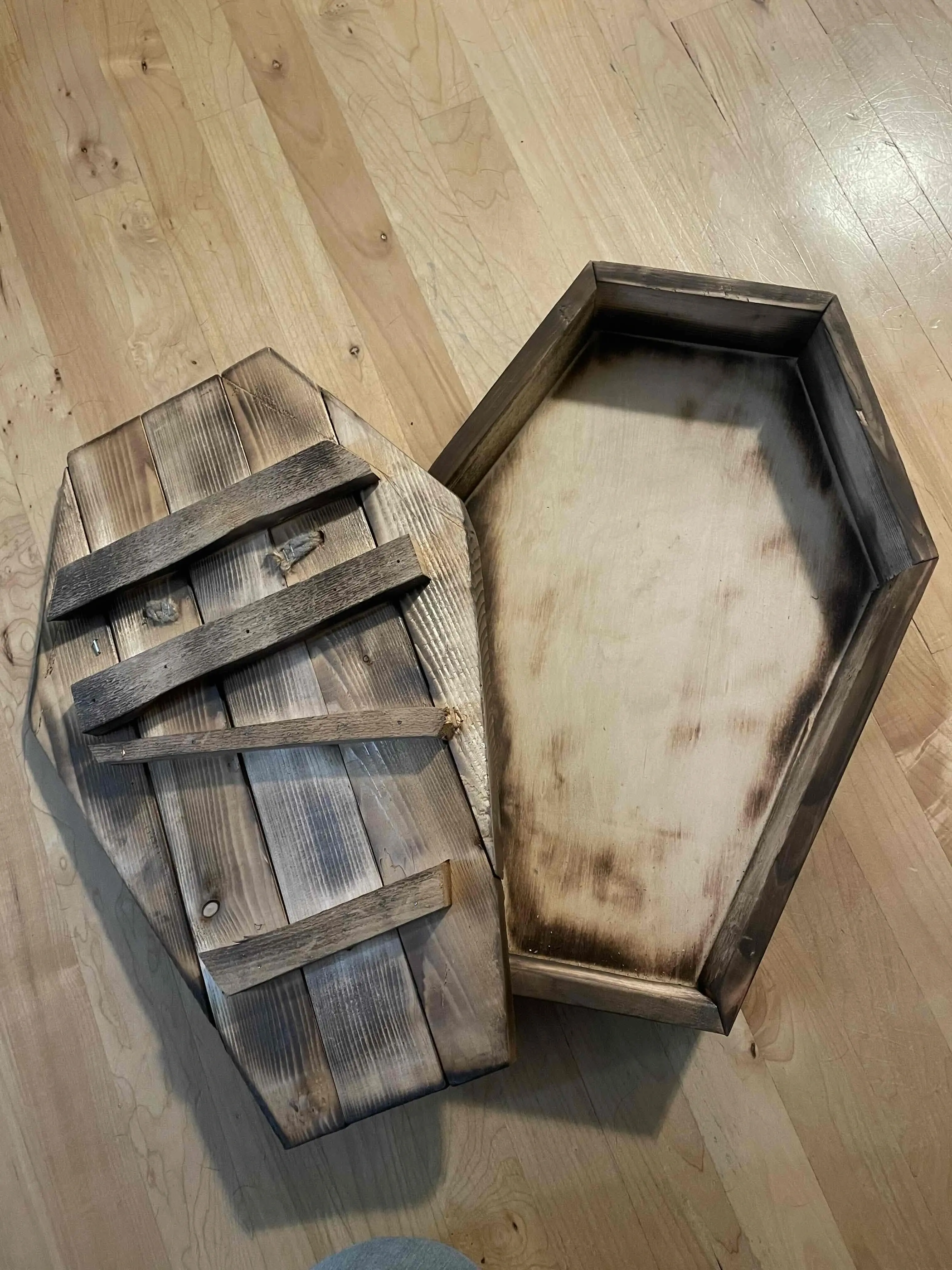

I hope you’re back to your normal physical self soon.
As far as the 3D printer goes, there are three main types of categories of people with printers at home:
- Tinkering with the printer is the hobby. This can be a mix of tuning for better quality, faster prints, etc as well as physical modifications to the printer. One of the extremes of this is the speedboat race where people go all out for the fastest print of a common model
- Modeling things and then printing them. I fall largely into this camp. I’ve made many a replacement part for a kids toy, jigs/fixtures, brackets, printer mods, speakers, wagon wheels, a thing to keep cats out of potted plants, even a tiny toolbox for the minimal amount of tools I used to carry at work
- The printer is largely an ends to printing free/paid designs from the Internet. There are tons of designs out there that are a mix of cute (but probably throw away), functional/practical, things you could sell, etc
If you’re modeling it will be mouse and keyboard, but a SpaceMouse will improve ergonomics. All you’re really using the keyboard for is number input.
If you find yourself in the functional print crew, don’t be surprised if you wind up printing things to help in your garden. Some of the PVC fittings holding together my arch are now printed parts (less effort to model and print a replacement than drive to the store) and the hooks the “gates” to my fence hang on are also printed. Once you get in the habit of finding things you can print you’ll be finding them everywhere.








You’re four forks deep now Slic3r to Prusa Slicer to Bamboo’s slicer to Orca. It also borrowed a lot of ideas from Super Slicer. Since it’s open source, and has been gaining some momentum, it seems to have a decent amount of contributors
Why Orca?